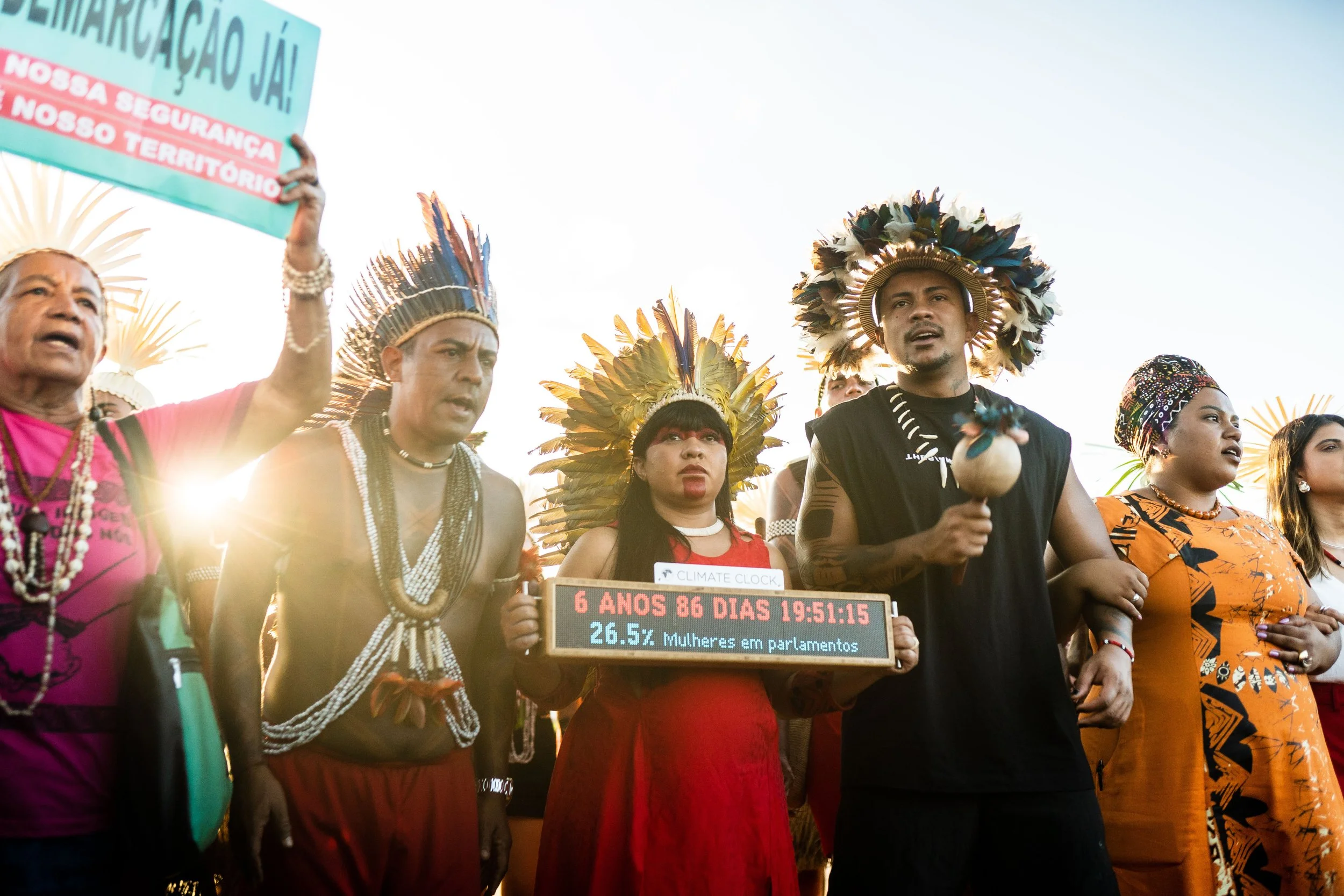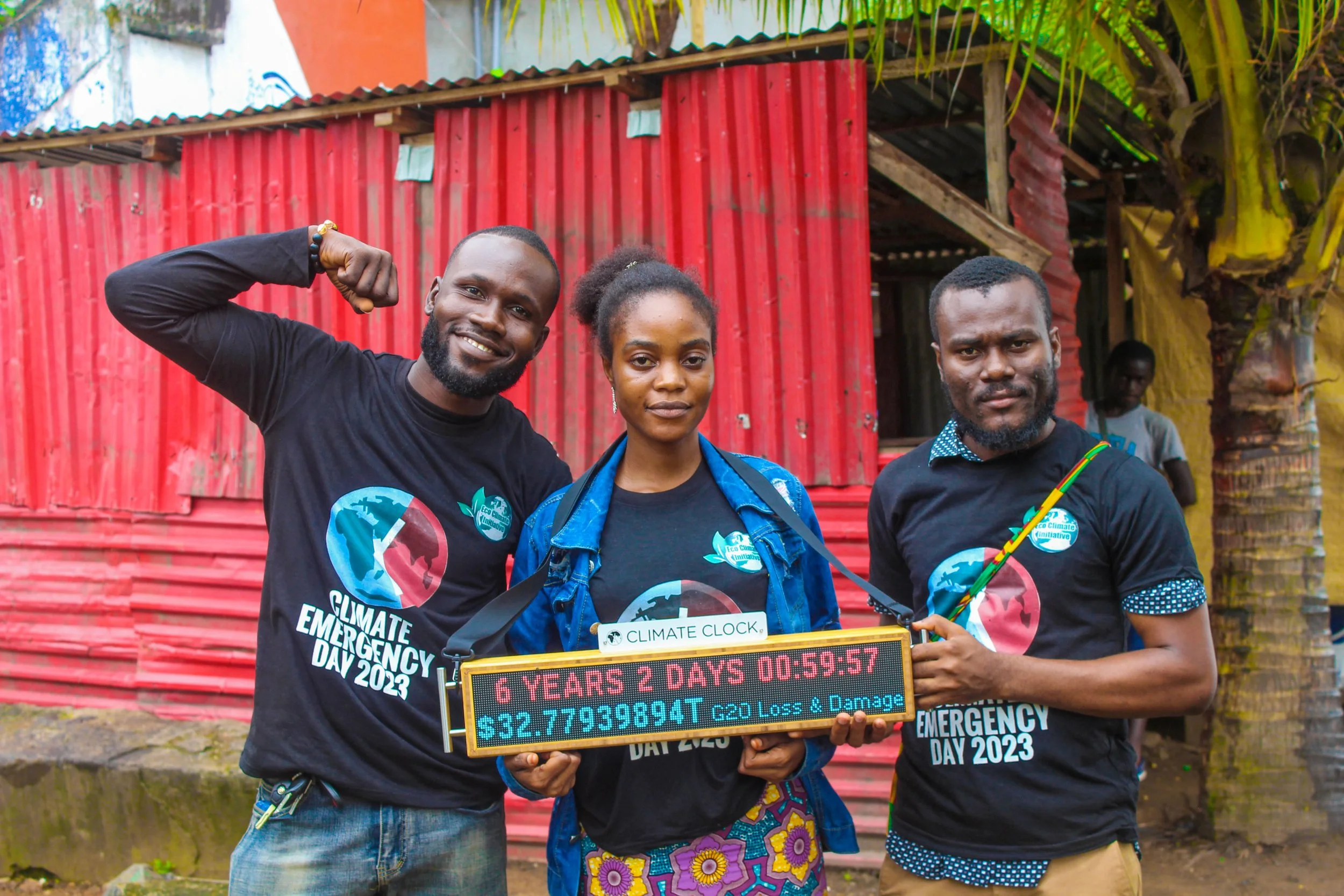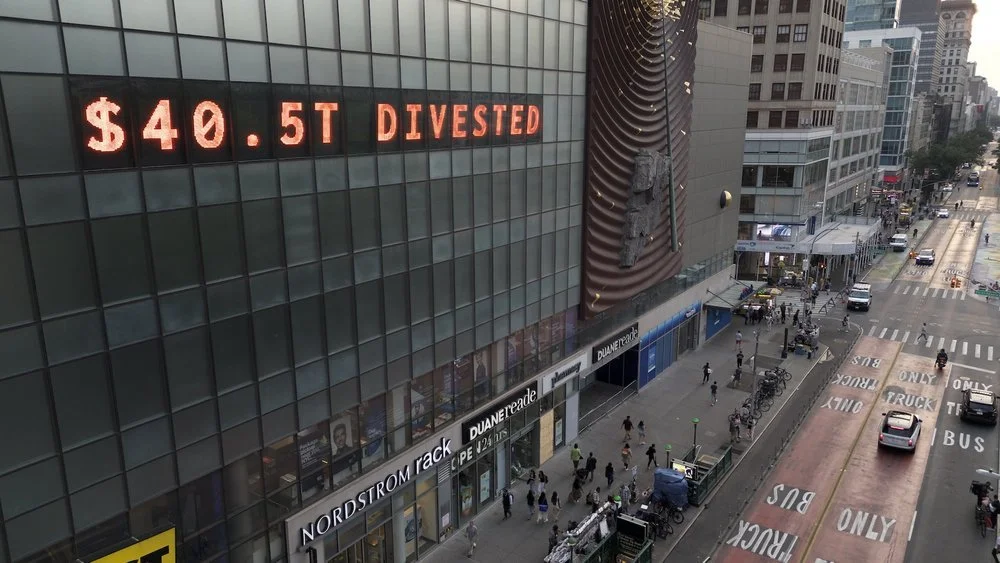Lifeline:
INDIGENOUS LAND SOVEREIGNTY
Launched on Indigenous People’s Day in 2021, the Indigenous Land Sovereignty Lifeline displays the total area of land and inland waters currently managed by Indigenous Peoples and Local Communities (IPLCs) worldwide.
Why we Must Defend Indigenous Rights
To protect the planet, we must put more lands into indigenous hands. Studies have shown that Indigenous management of land results in better climate outcomes that benefit everyone. Indigenous communities are vital stewards of the planet’s natural carbon sequestration capacity and biodiversity. Many Indigenous lands serve as carbon sinks, absorbing more carbon than they emit. However, the rights of Indigenous Peoples to their land are often not formally recognized, leaving them vulnerable to exploitation and environmental degradation.
The Goal: Protect Indigenous Land Rights
Our goal is to secure the formal recognition and protection of Indigenous land rights globally. This includes supporting Indigenous communities' efforts to manage and protect their territories, which are key to combating climate change and preserving biodiversity.
Data
According to analysis from the Rights and Resources Initiative, Indigenous Peoples and local communities manage 300,000 million metric tons of carbon stored in their trees and soil, equivalent to 33 times global energy emissions in 2017. In the Amazon Basin, indigenous lands have a higher carbon density per hectare than non-indigenous areas, and many indigenous lands, including many in the Amazon, are carbon sinks, absorbing more carbon than they emit, unlike many other state-managed lands.
Although they comprise less than 5% of the global population, Indigenous People protect 80% of the world’s biodiversity in the forests, deserts, grasslands, and marine environments in which they have lived for millennia.
However, many Indigenous People and local communities across the world lack formal recognition of their land tenure rights by national governments, putting their lands at risk of development and degradation.
"Today, Indigenous land protects life, Indigenous land protects the future,” said Karai Djekupe Guarani, a leader amongst the Guarani People of Brazil. "Besides the white, European way of living, there are other ways of living that need to be respected, including ours.”
Data for the Indigenous Land Sovereignty Lifeline was sourced from The state of Indigenous Peoples’ and Local Communities’ lands and territories report, published in June 2021 by the World Wildlife Fund, the United Nations Environment Programme, and the Landmark Global Platform for Indigenous and Community Lands.
How to Use This Lifeline:
Advocate for the protection of Indigenous land rights by supporting policies that recognize and uphold Indigenous sovereignty. Share this lifeline to raise awareness of the critical role Indigenous communities play in global environmental stewardship.
“Today, Indigenous land protects life, Indigenous land protects the future...Besides the white, European way of living, there are other ways of living that need to be respected, including ours.”
Karai Djekupe Guarani, a leader amongst the Guarani People of Brazil
VIEW LIFELINES
Climate Finance
Tracks the climate debt owed by wealthy, high-emitting G20 countries for the impacts their carbon emissions have caused, especially to those in "developing" countries.
Gender Parity
Tracks the percentage of women represented in national parliaments around the world, emphasizing equal participation in decision-making.
Fossil Fuel Divestment
Tracks the financial shift away from fossil fuels toward sustainable investments, highlighting efforts to reduce funding for harmful energy practices.




